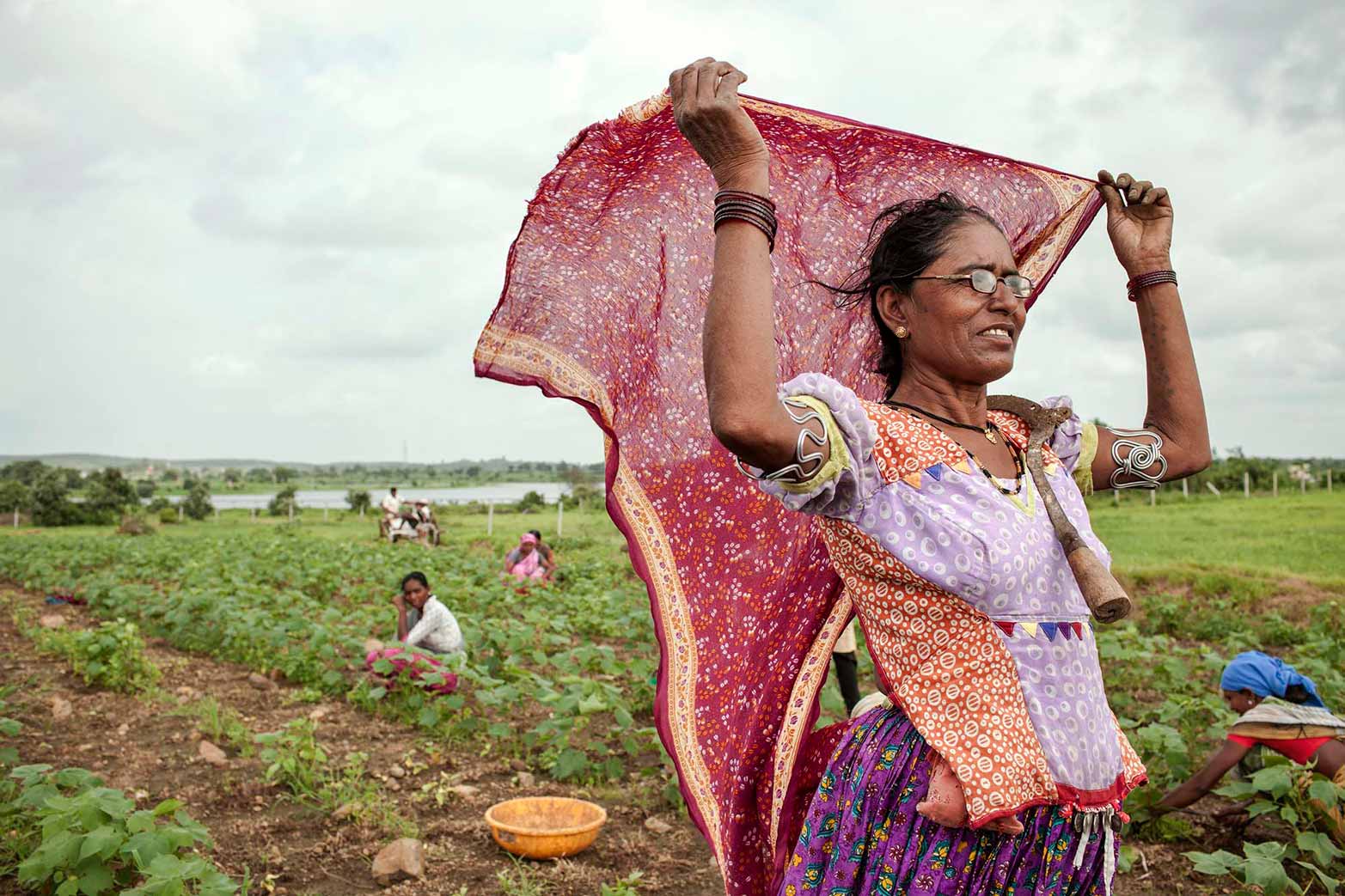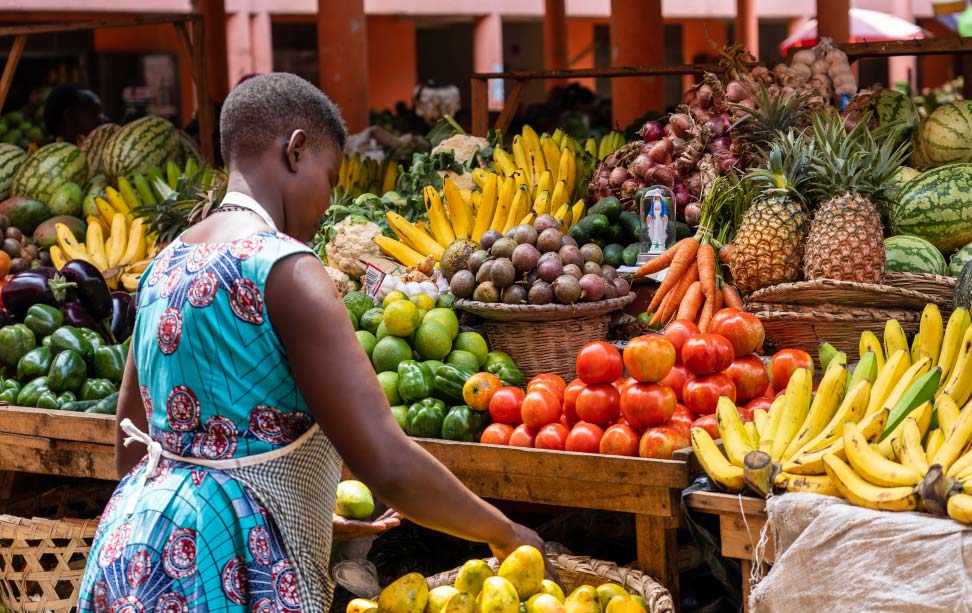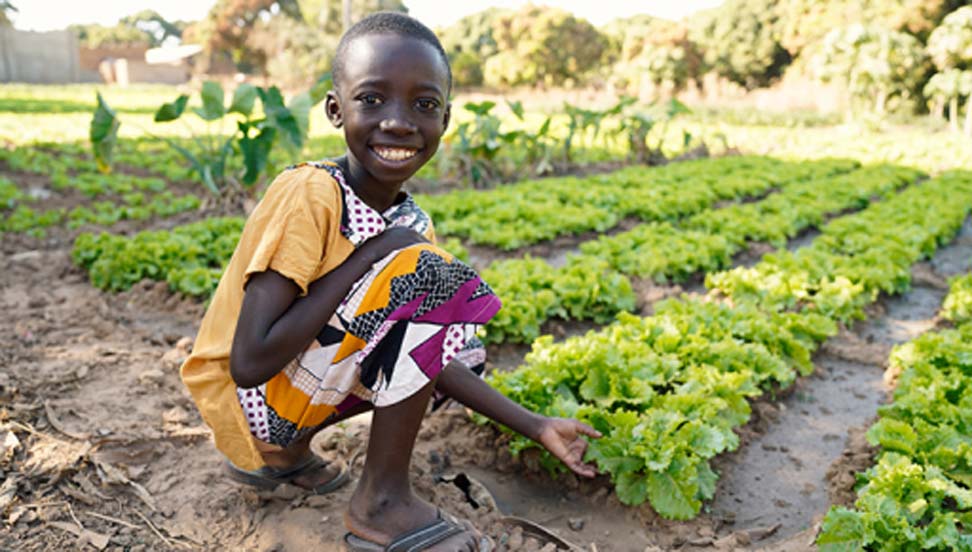Climate change poses a threat to food security and nutrition, largely through its impacts on agricultural production.
To help developing countries identify where adaptation measures are most needed, IFPRI, with support from the CGIAR Research Programs on Policy, Institutions, and Markets (PIM) and Climate Change, Agriculture, and Food Security (CCAFS), conducted a multiyear study to assess the potential impact of climate change on the agriculture sector through 2050, taking into account the likely landscape of political and economic challenges that policy makers will face.
The study integrated results from climate and economic models, and included detailed biophysical and bioeconomic analyses of Guatemala, Honduras, El Salvador, Nicaragua, and Costa Rica in Central America and Colombia and Peru in the Andean region of South America.
Analysis was done at a 30- to 50-kilometer resolution for a detailed distribution of the direct climate shocks, and at the country level to show aggregate economic shocks.



